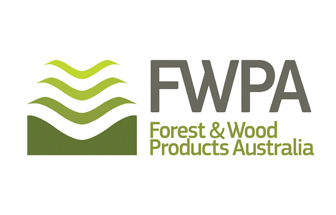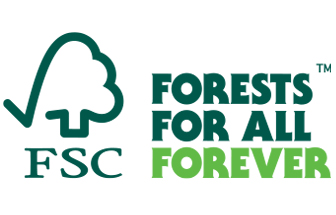‘AUSTRALIA DOES NOT HAVE A TIMBER SUPPLY
PROBLEM; IT’S MORE A DEMAND PROBLEM’
HOUSING APPROVALS ARE IN THE MIDDLE OF BIGGEST BOOM IN HISTORY
AUSTRALIA’S dwelling approvals boom is crazy… and it’s in the middle of a boom that is among the largest ever recorded.
“For houses and townhouses at least, this is the biggest boom in history,” says Tim Woods, managing director of professional business analyst IndustryEdge in a housing industry briefing for the Frame and Truss Manufacturers Association of Australia.
Mr Woods says approvals for houses and townhouses have never been higher than over the last year and are more-or-less exactly at the long-term average for all dwelling approvals.
As the pandemic has progressed, dwelling approvals have continued to grow much faster than normal rates, adding more and more work to the enormous pipeline. Perhaps most important, the additional dwelling approvals are massively skewed towards houses, ahead of all other housing formats.
“We all know it is houses where the most timber is used.” Tim Woods says.
“The fact is Australia has no timber supply problem right now – it has a demand problem.”
He said too many houses were being approved … “stimulated by way too much money, going to way too many people, for way too long, coupled with historically low interest rates. This has created a demand-supply imbalance that cannot be easily resolved.”
Mr Woods adds that the only thing that will resolve the huge spike in building work is time, and though the exact amount of time is not clear, the pipeline will only ever be built out when there is sufficient timber.
He says significantly higher sawnwood supply is required over the next year or more to build that pipeline.
“Our view is that the pipeline will take at least one year to build out, assuming everything goes back to normal on the demand side and the supply side continues to build flat out.” Mr Woods said.
“In reality, with building industry lock-downs, supply chain disruptions and so on, we can expect the pipeline will take until at least the end of 2022 to be built out.”
For that to occur, there must be sufficient timber available. Mr Woods says the data shows Australian consumption is closing in on record levels, with reported local production at 3.116 million cub m in 2020, just below the 3.138 million cub m recorded in 2016. At the same time, international conditions have resulted in far lower imports than in previous years.
“At its simplest, if you are overly reliant upon imports, there will come a point where you are going to be short on supply, especially when demand ramps up so quickly,” he said.
“But while housing demand is the problem now, lack of it will be a problem soon enough.”
In its briefing for the FTMA, IndustryEdge advised it expects the following factors, after about mid-2022, to result in a sharp reduction in approvals and building activity:
• Pent up demand will have been met (everyone who wants and can afford a house has one).
• Zero net overseas migration (means the population will be lower).
• Less new households will be formed (less new demand).
• No fiscal stimulus for housing (we can’t afford it).
• Likely higher interest rates (dampening demand unless there is an unlikely wage explosion).
MAIN PIC: Queensland’s Sunshine Coast is shaping as the busiest hub for housing development in Australia following record building approvals this year. The local council has given the nod to $1.9 billion worth of commercial and residential works around Caloundra South, Baringa and the new CBD at Maroochydore. Confidence in the building and construction industry had remained high through the Covid pandemic with around 18,500 development applications lodged, ranging from renovations to extensions, subdivision and more.











